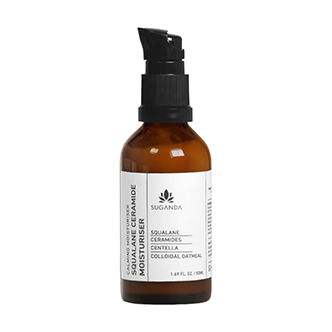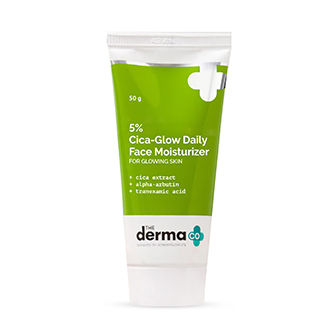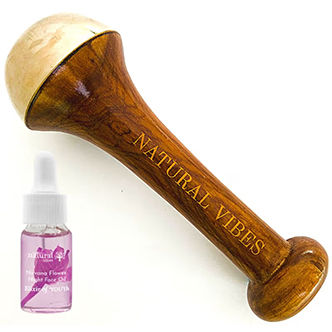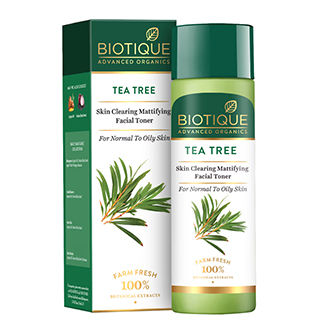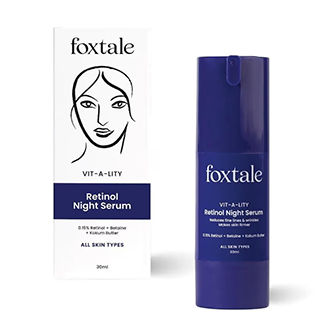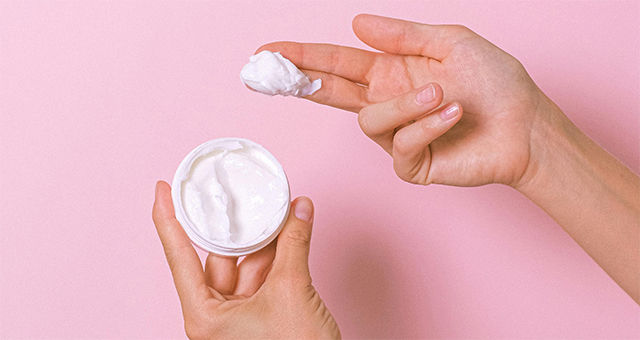
Moisturiser is automatically the first thing we recommend when someone wants to get into skincare. Whether you choose to apply it on its own or incorporate it with other skincare steps, moisturiser is always considered the hero skincare step. However, how you apply it is equally as important as the formula. It goes beyond just slathering it on and just rubbing it on the skin. In this article, we’re going to explore the right ways to apply a moisturiser for soft, healthy skin.
Minimal/Beginner Guide
If you’re a beginner or prefer a minimal skincare routine, then applying moisturiser alone post-cleansing will suffice, with an added layer of sunscreen during the day. The golden rule to applying moisturiser in a simple skincare routine is to apply it twice a day for maximum hydration. Here are a few other pointers to keep in mind.
The Right Amount
Skin type: While choosing a moisturiser based on your skin type is important, you also need to choose the right amount of moisturiser based on your skin type. If you have oily or combination skin, start by applying a pea-sized amount of facial gel and use more if needed. This will moisturise the skin without clogging the pores. If you have sensitive skin or dry skin, apply a dollop of moisturiser and give it a gentle massage until it’s fully absorbed.
Weather conditions: If you’re applying moisturiser on hot humid days, reduce the amount of moisturiser during the daytime and add a layer of sunscreen for sun protection and added hydration. If you have oily skin and sweat easily, you can skip moisturiser and directly apply sunscreen as it adequately hydrates the skin. This will prevent the skincare products from melting off and turning into a greasy mess. Wintertime is the best time to add an extra layer of moisturiser. During this climate condition, the skin gets drier (even oily skin) as the oil glands go dormant and the atmosphere lacks moisture. The extra amount of moisturiser will compensate for the lack of oil production and will keep the skin soft and nourished against the harsh, arid weather conditions.
Nykaa Recommends:
What you’ll love: Suganda’s fragrance-free Squalane Ceramide Moisturiser has five terrific barrier-boosting ingredients like ceramide complex, colloidal oat, squalane oil, cica, and niacinamide to moisturise, prevent inflammation, strengthen the skin barrier and control breakouts.
The Correct Application
Massage, don’t rub: Rubbing the moisturiser vigorously onto the skin is counterproductive as it will irritate and strip the skin instead of nourishing it. Instead, gently massage the moisturiser into the skin in gentle, upward circular motions. This will allow the product to sink into the pores while relaxing the facial muscles.
Do not forget the neck and chest: The neck and upper chest ages at the same rate as the face. Many skin experts, dermatologists, and beauty influencers strongly recommend bringing the moisturiser down to the neck and chest so that they’re equally nourished and moisturised.
Nykaa Recommends:
What you’ll love: This affordable gem not only leaves the skin feeling supple but also tackles signs of hyperpigmentation. It’s formulated with alpha arbutin and tranexamic acid to reduce acne scars and sun spots.
Advanced Guide
While solely relying on moisturiser is great, you can always branch out to other skincare steps to pamper the skin and give it a glass-like glow. Here are some additional steps you can follow before applying a moisturiser.
Face Massage
A face massage is an indulgent, pampering skincare step that relaxes the facial muscles. It aids lymphatic drainage to give the face a sculpted appearance and boosts collagen and elastin to delay signs of ageing. Since moisturisers quickly absorb into the skin, using a face oil is the best way to massage the skin. It gives the required slip to help your fingers of the massaging tool glide across the skin without any tugging or pulling.
Nykaa Recommends:
What you’ll love: The Kansa Wand Face Roller is an ergonomic face massaging tool that fits into every nook of the face and the neck to reduce puffiness, aid lymphatic drainage and boost the skin’s glow. It also comes with the Nirvana Anti Ageing Flower Oil which is formulated with natural extracts that are rich in antioxidants.
Toner
One of the best ways to apply moisturiser is on damp skin as it allows the product to absorb into the pores quickly. Toners are potent skin care products that have a water-like consistency. Not only do they hydrate the skin and prepare it for moisturiser, but they also target skin concerns like dehydration, open pores, and hyperpigmentation.
Nykaa Recommends:
What you’ll love: This vegan toner is made with pure tea tree extracts that have antimicrobial and anti-inflammatory properties to remove acne-causing bacteria, residual grime and excess oil all while hydrating the skin.
Retinol
As you age, the skin starts to lack collagen, elastin, and ceramides which results in fine lines, wrinkles, and a weak moisture barrier. Retinol is a potent active ingredient that gently exfoliates away dead skin cells and accelerates new skin cell generation. It boosts collagen to delay signs of ageing and give the skin a healthy, even-toned appearance.
Nykaa Recommends:
What you’ll love: Foxtale’s best-selling 0.15% Encapsulated Retinol Night Serum is perfect for beginners and experts alike. Its fast-acting formula with encapsulated retinol formula delays signs of ageing, fades acne scars, and dark spots. This formula is also beginner and sensitive skin-friendly.
FAQs
-
When should we apply moisturiser?
A moisturiser should be applied once to twice a day, every day. This routine must be followed no matter what skin type you have. Using a moisturiser every day keeps the skin hydrated, healthy, and protected.
-
Is moisturiser good for pimples?
Yes, you can apply moisturiser on acne-prone skin. It’s important to choose a moisturiser with the right ingredients that target pimples and breakouts. The Plum Green Tea Mattifying Moisturizer With Glycolic Acid has tea tree extract that fights acne-causing bacteria and glycolic acid that removes excess oil and dead skin cells for acne-free, smooth skin.
-
Do you wash moisturiser off?
No, a moisturiser is a leave-in product that needs a good number of hours to nourish, heal, and hydrate the skin from within. If you’ve applied a rich night cream before bed, you can wash off the excess product the next morning with a gentle cleanser.
A face cream may be a humble product but when you learn how to apply moisturiser the right way, you can reap endless benefits for soft, glowing skin. Bookmark this guide to find your perfect moisturising routine.

